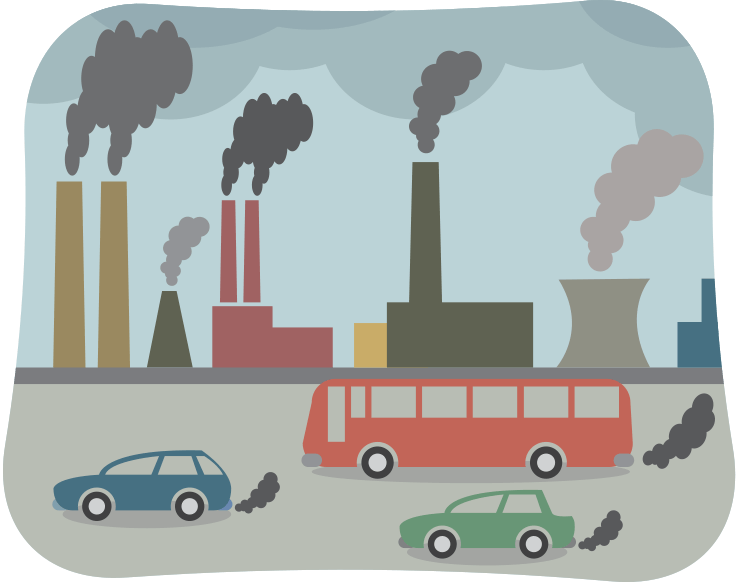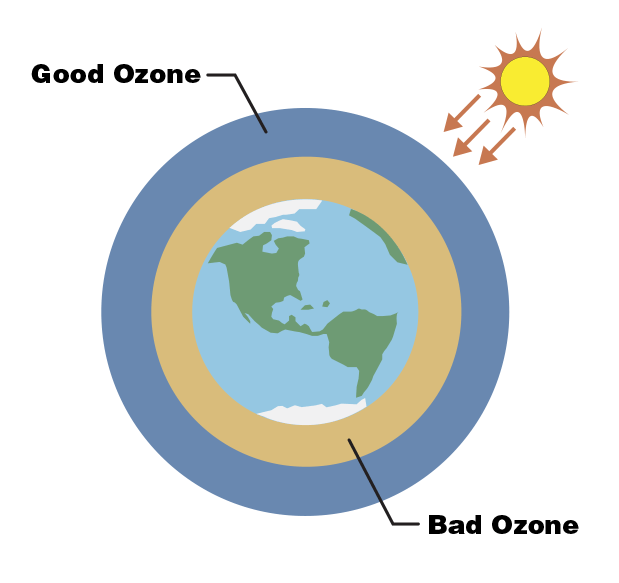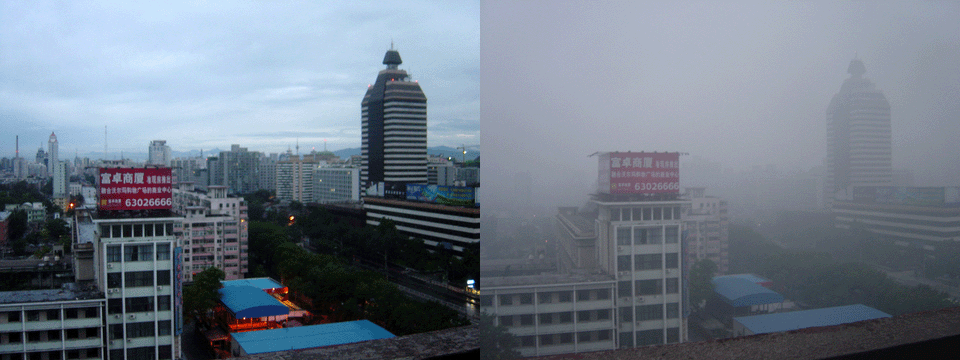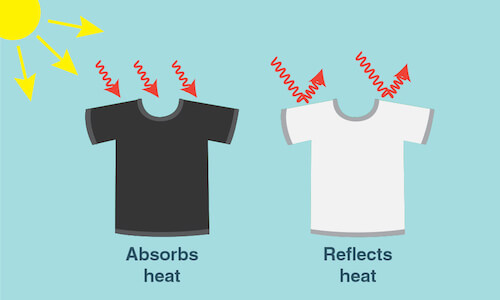
Air pollution is caused by solid and liquid particles and certain gases that are suspended in the air. These particles and gases can come from car and truck exhaust, factories, dust, pollen, mold spores, volcanoes and wildfires. The solid and liquid particles suspended in our air are called aerosols.

Air pollution happens when solid and liquid particles—called aerosols—and certain gases end up in our air. These particles and gases can be bad for the planet and for our health, so keeping track of them is important.
Any particle that gets picked up into the air or is formed from chemical reactions in the air can be an aerosol. Many aerosols enter the atmosphere when we burn fossil fuels—such as coal and petroleum—and wood. These particles can come from many sources, including car exhaust, factories and even wildfires. Some of the particles and gases come directly from these sources, but others form through chemical reactions in the air.
Aerosols can come from other places, too, such as ash from an erupting volcano. Dust, pollen from plants and mold spores are also examples of aerosols.
This animation uses NASA data to show how ash from a volcano in Chile travels around the world in our atmosphere. Credit: NASA's Goddard Space Flight Center
Certain gases in the atmosphere can cause air pollution. For example, in cities, a gas called ozone is a major cause of air pollution. Ozone is also a greenhouse gas that can be both good and bad for our environment. It all depends where it is in Earth’s atmosphere.

Ozone high up in our atmosphere is a good thing. It helps block harmful energy from the Sun, called radiation. But, when ozone is closer to the ground, it can be really bad for our health. Ground level ozone is created when sunlight reacts with certain chemicals that come from sources of burning fossil fuels, such as factories or car exhaust.
When particles in the air combine with ozone, they create smog. Smog is a type of air pollution that looks like smoky fog and makes it difficult to see.

Smog is a type of air pollution in cities that makes it difficult to see outside. Here are images of Beijing on a clear day after a rain (left) and on a smoggy day (right). Credit: Bobak via Wikimedia Commons CC BY-SA 2.5
Aerosols can impact how the Sun’s light hits Earth. For example, some aerosols reflect sunlight while others absorb sunlight. It depends on the color of the particle.

Dark surfaces—whether it’s a black t-shirt or a dark particle in the atmosphere—absorb the Sun's heat. Lighter-colored surfaces reflect heat from the Sun.
A white t-shirt reflects the Sun on a hot day, making you feel cooler. In the same way, light-colored particles that reflect the Sun’s light and heat away from Earth can make the global temperature cooler. Dark-colored particles that absorb the Sun’s light can make the global temperature warmer.
Breathing in polluted air can be very bad for our health. Long-term exposure to air pollution has been associated with diseases of the heart and lungs, cancers and other health problems. That’s why it’s important for us to monitor air pollution.
NASA uses satellites orbiting Earth to keep an eye on air pollution. In fact, air quality forecasters use information about aerosols from NASA’s Aqua, Terra and Suomi-NPP satellites.
NASA also is developing a new instrument called the Multi-Angle Imager for Aerosols, or MAIA, to fly aboard a future spacecraft mission. MAIA will help scientists understand the size, makeup and quantity of aerosols in our air. Eventually, scientists will be able to compare this information with health records. This can help us better understand the relationship between aerosol pollution and human health.